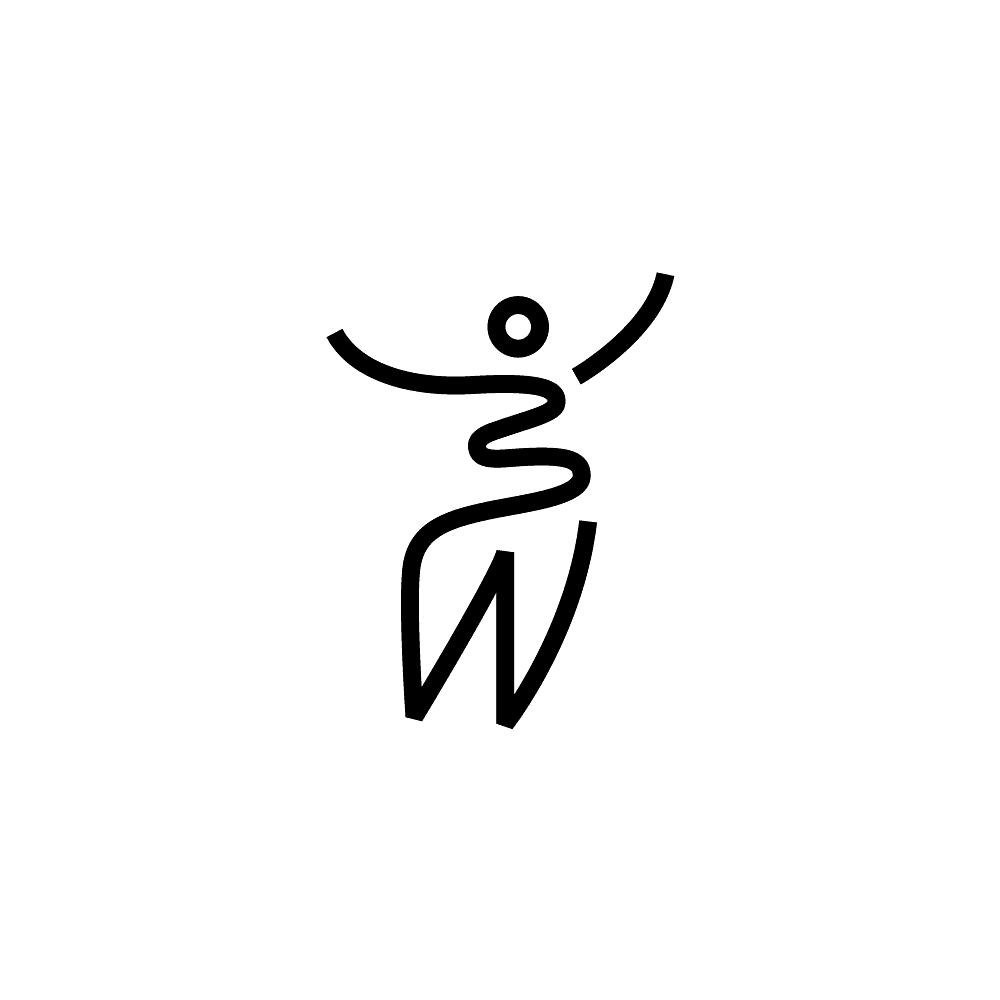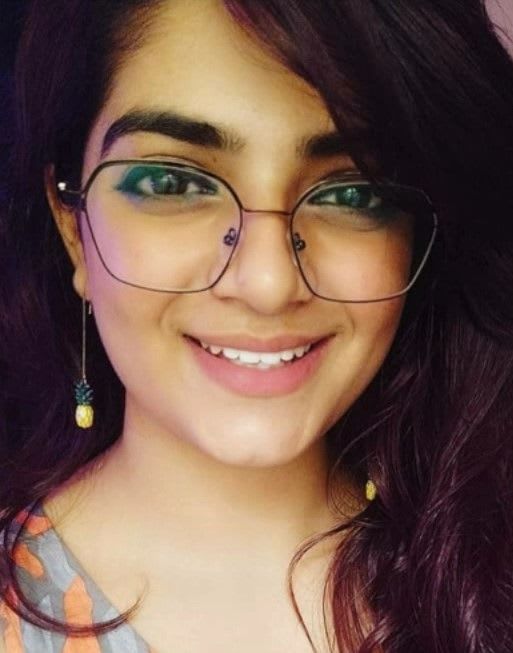What Is Eyelash Lice?
Eyelash lice are tiny wingless insects that mainly feed on human blood through the eyelashes. Lice can grow and live on the surfaces of the head, body, pubic area, and even eyebrows and eyelashes.
Although eyelash lice are harmless, they are very irritating and contagious. According to studies, older lice may attach themselves to the skin around the eyelids with unhygienic hand contact.
Types of Lice
There are three types of lice that can grow on the human body:
- Head lice: This type of human lice commonly grows and sticks its eggs on the base surface of the neck and head. These can be removed through fine-toothed combing.
- Body lice: Body lice are slightly larger and usually stick to underclothing and spend most of their time there. They periodically move over the human body to feed on blood.
- Pubic or carb lice: These lice mostly grow in the hair of the pubic area. Due to improper hand contact, they can also be found under armpits, beards, eyebrows, and eyelashes.
Eyelash lice infestations are caused by two types of Demodex lice, which are microscopic and cannot be seen by the naked eyes. They start growing on eyelash hair follicles, where they feed on dead skin cells.
How to Know if You Have Lice in Your Eyelashes?
Eyelash lice are parasitic and hold on to the root of eyelashes and release a sticky component to make sure that their eggs get stuck to hair shafts. Head and body lice are primarily dark in color, causing irritation and itchiness of the scalp or other body surfaces.
On the other hand, eyelash lice are mainly microscopic, and only their sticky secretion is visible on the eye corners and lashes.
They are categorized based on their age:
- Nits or lice eggs: They are hard to see and oval-shaped, often of yellow or white color. They stick closest to the hair shaft and are hard to remove.
- Nymphs: They are baby lice that move quickly and avoid contact with light. They might not cause itching right away, but you can sense some kind of movement on your body.
- Adult lice: They are of tan to grayish-white color with ‘claws’ at the end that help them bind tightly with hair.
Eyelash Lice Symptoms
You may experience the following symptoms with eyelash lice:
- Watering and unexplained tearing of eyes
- Redness of eyes
- Constant tickling or tearing feeling
- Clumped and sticky eyelashes
- Dark spots at the base surface of the eyelashes
- Some studies cite noticeable Itching, which is intense at night as lice are more active at that time
- Burning sensations and crusty red edges on your eyelids
- Dryness and blurred vision with a sense of heavy feeling above the eyelids
Eyelash Lice Treatment
Before going for an eyelash lice treatment method, you should consult the doctor and get their advice regarding your condition. They will determine and prescribe the best treatment course suitable for your skin and body.
Meanwhile, avoid using shampoos or any other cosmetics product with chemicals that might increase the intensity of itching and irritation.
As per studies, the following method has proven effective in eyelash lice treatment.
- Apply a thick layer of petroleum jelly to the eyelid twice daily for 10 days. Avoid using regular creams as they can cause irritation and pain if applied.
- After two hours, apply one percent of permethrin lindane shampoo.
- After about ten minutes, wash your eyelids thoroughly and dry them with a clean towel.
The petroleum jelly covers the eyelash lice and their eggs and blocks their respiration, thereby killing the lice and eliminating the infestation.
Other Treatments for Eyelash Lice
- In case of a few live lice and nits, combing with fingernails or using a tweezer or nit comb can help with their removal.
- Careful application of ophthalmic grade petrolatum ointment to the eyelids about 2-4 times a day can be highly effective.
- An ointment with mercuric oxide can also be useful.
- Fluorescein dye strips can be used in combination with white petroleum to treat eyelash or eyebrow lice. These can be applied to the lashes for 3 nights in a row.
- Avoid close contact with people or sharing of clothes or bedding until the infestation is fully eliminated.
- If needed, the Ivermectin pill can be consumed as per the doctor’s recommendation.
How to Prevent the Spread of Lice
- Take proper care of eyelids and keep your body clean and hygienic to avoid lice infestation.
- Take proper medication to maintain a healthy immune system, which is important to prevent lice development, as per studies.
- Wash your hair and entire body with soap and use clean towels.
- Avoid sharing makeup and cosmetics products.
- Use eyelash wipes daily to remove residues of makeup, shampoo, soap, or oil.
Misdiagnosis of Eyelash Lice
Demodex or eyelash lice are often misdiagnosed as chronic bacterial blepharitis. Thus, antibiotics treatment may be started assuming it is a bacterial infection, which will be ineffective on eyelash lice.
As per studies, eyelash lice are often overlooked and underdiagnosed as their infestation symptoms closely mimic eyelid eczema and blepharitis.






